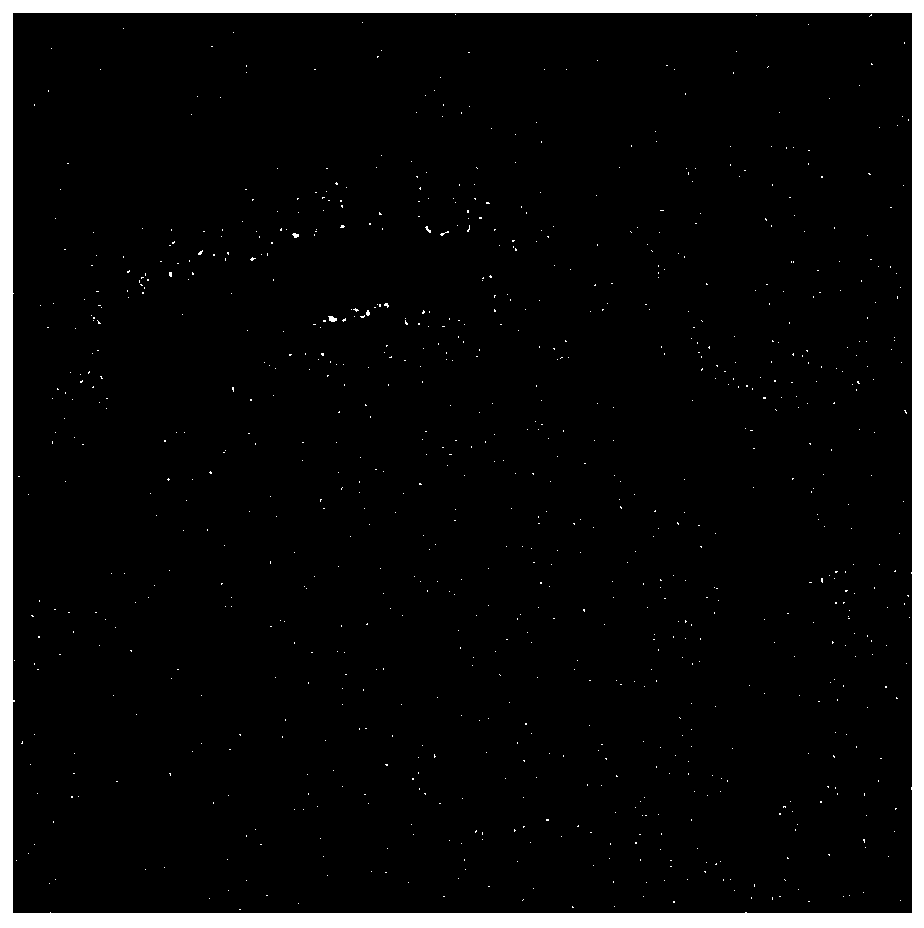A kind of preparation method of nanocellulose-based unimolecular micelles
A technology of nanocellulose and molecular glue, applied in the field of functional polymer nanomaterials, to achieve the effect of polymerizing a wide range of monomers
- Summary
- Abstract
- Description
- Claims
- Application Information
AI Technical Summary
Problems solved by technology
Method used
Image
Examples
preparation example Construction
[0031] The preparation method of nanocellulose-based unimolecular micelles of the present invention is specifically implemented according to the following steps:
[0032] Step 1, weighing raw materials, 4,4'-azo (4-cyanovaleric acid), hydrophobic monomers, deionized water, and nanocellulose grafted with hydrophilic macromolecular RAFT reagents;
[0033] Wherein, the mass ratio of 4,4'-azo (4-cyanovaleric acid) to the hydrophobic monomer is 1:100-300;
[0034] The mass ratio of 4,4'-azo (4-cyanovaleric acid) to ionized water is 1:1000-2000;
[0035] The mass ratio of 4,4'-azo (4-cyanovaleric acid) to nanocellulose grafted and modified by hydrophilic macromolecular RAFT reagent is 1:100-300;
[0036] Wherein, the hydrophobic monomer is butyl acrylate, hexafluorobutyl acrylate, styrene or methyl methacrylate;
[0037] The nanocellulose grafted and modified by the hydrophilic macromolecule RAFT agent is specifically prepared according to the following steps:
[0038] Step 1. We...
Embodiment 1
[0053] According to the mass ratio of 1:100:1000:100, weigh 4,4′-azo(4-cyanovaleric acid), butyl acrylate, deionized water, and hydrophilic macromolecule RAFT reagent polyacrylic acid grafted modification. properties of nanocellulose; the weighed modified nanocellulose is dissolved in water, and then butyl acrylate monomer is added to form a mixture. After ultrasonically dispersing the weighed initiator and mixture, add them to a three-necked flask equipped with magnetic stirring, a reflux condenser, and an air guide tube, and place the three-necked flask in a water bath, and pass argon gas into the three-necked flask through the air guide tube for 10 minutes. , after raising the temperature of the water bath to 70° C., and keeping it warm for 3 hours, the nanocellulose-based unimolecular micelles were obtained after the reaction.
Embodiment 2
[0055] Weigh 4,4′-azo(4-cyanovaleric acid), methyl methacrylate, deionized water, hydrophilic macromolecular RAFT reagent polymethyl Nanocellulose modified by acrylic acid grafting; the weighed hydrophilic macromolecular RAFT agent modified nanocellulose is dissolved in water, and then methyl methacrylate monomer is added to form a mixture. After ultrasonically dispersing the weighed initiator and mixture, add them to a three-necked flask equipped with magnetic stirring, a reflux condenser, and an air guide tube, and place the three-necked flask in a water bath, and pass argon into the three-necked flask through the air guide tube for 30 minutes , after raising the temperature of the water bath to 85° C., and keeping it warm for 6 hours, the nanocellulose-based unimolecular micelles were obtained after the reaction.
PUM
| Property | Measurement | Unit |
|---|---|---|
| length | aaaaa | aaaaa |
| width | aaaaa | aaaaa |
Abstract
Description
Claims
Application Information
 Login to View More
Login to View More - Generate Ideas
- Intellectual Property
- Life Sciences
- Materials
- Tech Scout
- Unparalleled Data Quality
- Higher Quality Content
- 60% Fewer Hallucinations
Browse by: Latest US Patents, China's latest patents, Technical Efficacy Thesaurus, Application Domain, Technology Topic, Popular Technical Reports.
© 2025 PatSnap. All rights reserved.Legal|Privacy policy|Modern Slavery Act Transparency Statement|Sitemap|About US| Contact US: help@patsnap.com

